S1.13 The Book of Mom
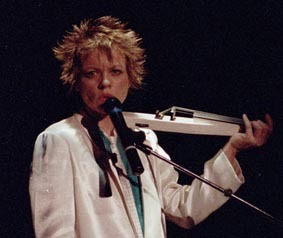
Laurie Anderson
photo by Bert56 at Dutch Wikipedia
Anderson performed in New York during the 1970s. One of her most-cited performances, Duets on Ice, which she conducted in New York and other cities around the world, involved her playing the violin along with a recording while wearing ice skates with the blades frozen into a block of ice; the performance ended only when the ice had melted away. Two early pieces, "New York Social Life" and "Time to Go," are included in the 1977 compilation New Music for Electronic and Recorded Media, along with works by Pauline Oliveros and others. Two other pieces were included on Airwaves, a collection of audio pieces by various artists. She also recorded a lecture for Vision, a set of artist's lectures released by Crown Point Press as a set of six LPs.
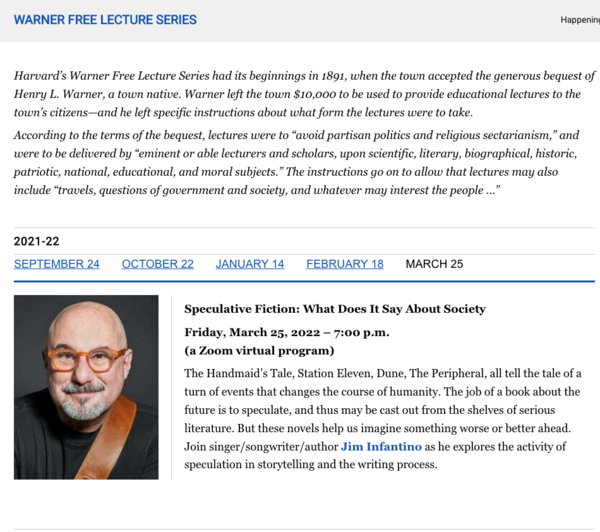
Warner Free Lecture Series
Harvard’s Warner Free Lecture Series had its beginnings in 1891, when the town accepted the generous bequest of Henry L. Warner, a town native. Warner left the town $10,000 to be used to provide educational lectures to the town’s citizens—and he left specific instructions about what form the lectures were to take.
According to the terms of the bequest, lectures were to “avoid partisan politics and religious sectarianism,” and were to be delivered by “eminent or able lecturers and scholars, upon scientific, literary, biographical, historic, patriotic, national, educational, and moral subjects.” The instructions go on to allow that lectures may also include “travels, questions of government and society, and whatever may interest the people ...”

Margaret Atwood
Throughout her writing career, Margaret Atwood has received numerous awards and honourary degrees. She is the author of more than thirty-five volumes of poetry, children’s literature, fiction, and non-fiction and is perhaps best known for her novels, which include The Edible Woman (1970), The Handmaid's Tale (1983), The Robber Bride (1994), Alias Grace (1996), and The Blind Assassin, which won the prestigious Booker Prize in 2000. Atwood's dystopic novel, Oryx and Crake, was published in 2003. The Tent (mini-fictions) and Moral Disorder (short stories) both appeared in 2006. Her most recent volume of poetry, The Door, was published in 2007. Her non-fiction book, Payback: Debt and the Shadow Side of Wealth in the Massey series, appeared in 2008, and her most recent novel, The Year of the Flood, in the autumn of 2009. Ms. Atwood's work has been published in more than forty languages, including Farsi, Japanese, Turkish, Finnish, Korean, Icelandic and Estonian. In 2004 she co-invented the Long Pen TM.
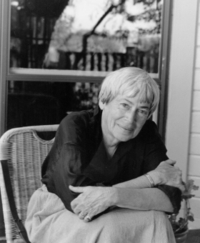
Ursula K. Le Guin
Ursula K. Le Guin published twenty-two novels, eleven volumes of short stories, four collections of essays, twelve books for children, six volumes of poetry and four of translation, and has received many awards: Hugo, Nebula, National Book Award, PEN-Malamud, etc. Her recent publications include the novel Lavinia, an essay collection, Cheek by Jowl, and The Wild Girls. She lived in Portland, Oregon.

Margaret Atwood and Ursula K. Le Guin debate science fiction vs. "realism"
“This arbitrarily restrictive definition [not science fiction] seems designed to protect her novels from being relegated to a genre still shunned by hidebound readers, reviewers and prize-awarders. She doesn't want the literary bigots to shove her into the literary ghetto.” –Ursula K. Le Guin
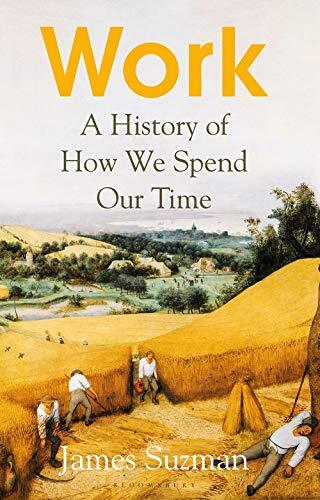
Work: A History of How we spend our Time
Work defines who we are. It determines our status, and dictates how, where, and with whom we spend most of our time. It mediates our self-worth and molds our values. But are we hard-wired to work as hard as we do? Did our Stone Age ancestors also live to work and work to live? And what might a world where work plays a far less important role look like?
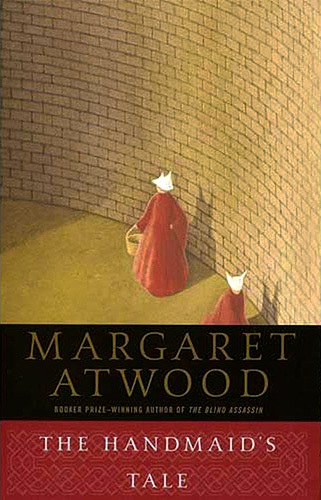
The Handmaid’s Tale
by Margaret Atwood
Offred is a Handmaid in the Republic of Gilead. She may leave the home of the Commander and his wife once a day to walk to food markets whose signs are now pictures instead of words because women are no longer allowed to read. She must lie on her back once a month and pray that the Commander makes her pregnant, because in an age of declining births, Offred and the other Handmaids are valued only if their ovaries are viable. Offred can remember the years before, when she lived and made love with her husband, Luke; when she played with and protected her daughter; when she had a job, money of her own, and access to knowledge. But all of that is gone now . . .

The Martian Chronicles
by Ray Bradbury
The Martian Chronicles tells the story of humanity’s repeated attempts to colonize the red planet. The first men were few. Most succumbed to a disease they called the Great Loneliness when they saw their home planet dwindle to the size of a fist. They felt they had never been born. Those few that survived found no welcome on Mars. The shape-changing Martians thought they were native lunatics and duly locked them up.
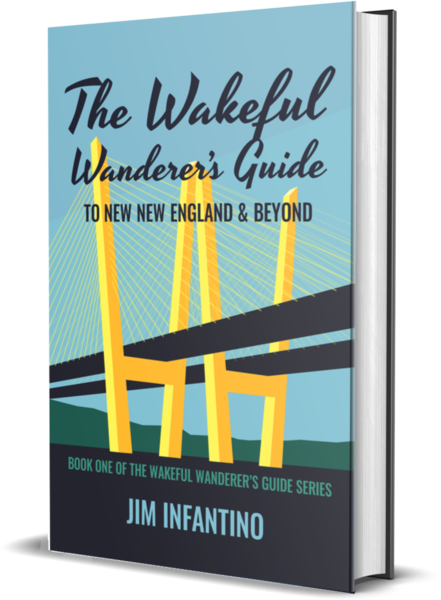
The Wakeful Wanderer’s Guide to New New England & Beyond
A runaway aristocrat, a Luddite tyrant, a spy, and a unicycling historian battle for the future of humanity in this post-capitalism, post-cataclysm, cyber-hippie, climate-fiction adventure.
In the parlor of the Lester Sunshine Inn, up the Hudson from the flooded remains of lower Manhattan, a man named Marto plans a unicycle ride through scenic New New England. Marto is a post-apocalyptic travel writer with a head full of implants. He live-posts his experiences to his fans, adding his own cheerleading style of historical and cultural context to the mix. His interconnected followers rarely go anywhere, preferring to view the world remotely, making Marto a curiosity.
Written and recommended by Jim
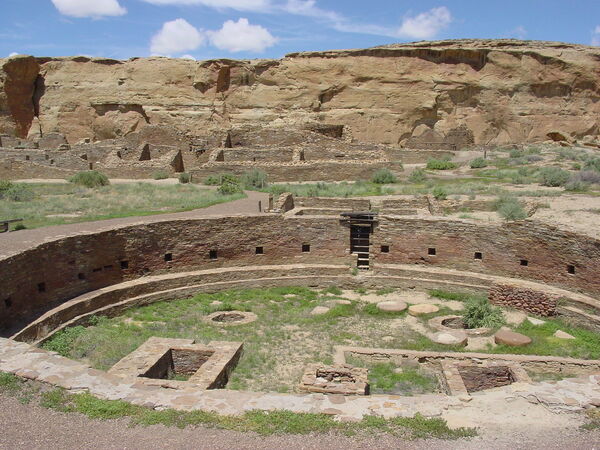
Chaco Canyon
Between AD 900 and 1150, Chaco Canyon was a major center of culture for the Ancestral Puebloans. Chacoans quarried sandstone blocks and hauled timber from great distances, assembling fifteen major complexes that remained the largest buildings ever built in North America until the 19th century. Evidence of archaeoastronomy at Chaco has been proposed, with the "Sun Dagger" petroglyph at Fajada Butte a popular example. Many Chacoan buildings may have been aligned to capture the solar and lunar cycles, requiring generations of astronomical observations and centuries of skillfully coordinated construction. Climate change is thought to have led to the emigration of Chacoans and the eventual abandonment of the canyon, beginning with a fifty-year drought commencing in 1130.
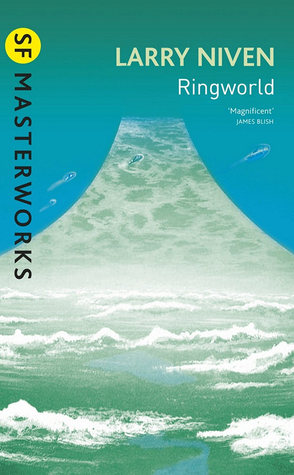
Ringworld
by Larry Niven
The artefact is a circular ribbon of matter six hundred million miles long and ninety million miles in radius. Pierson's puppeteers, the aliens who discovered it, are understandably wary of encountering the builders of such an immense structure and have assembled a team of two humans, a mad puppeteer and a kzin, a huge cat-like alien, to explore it. But a crash landing on the vast edifice forces the crew on a desperate and dangerous trek across the Ringworld.
Mentioned along with Dune by Lionel as a counter-example.

The Plot Against America
by Philip Roth
In an astonishing feat of narrative invention, our most ambitious novelist imagines an alternate version of American history. In 1940 Charles A. Lindbergh, heroic aviator and rabid isolationist, is elected President. Shortly thereafter, he negotiates a cordial "understanding" with Adolf Hitler, while the new government embarks on a program of folksy anti-Semitism.
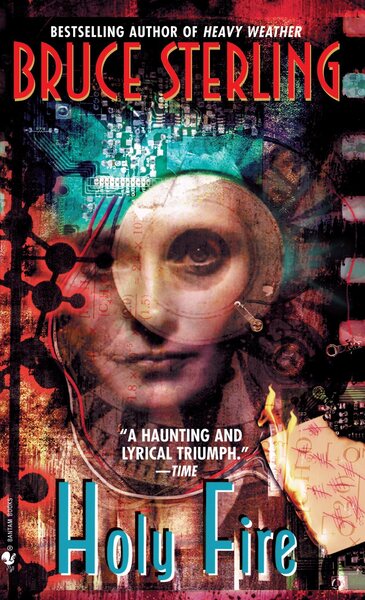
Holy Fire
In an era when life expectancies stretch 100 years or more and adhering to healthy habits is the only way to earn better medical treatments, ancient "post humans" dominate society with their ubiquitous wealth and power. By embracing the safe and secure, 94-year-old Mia Ziemann has lived a long and quiet life. Too quiet, as she comes to realize, for Mia has lost the creative drive and ability to love--the holy fire--of the young. But when a radical new procedure makes Mia young again, she has the chance to break free of society's cloying grasp.

The Peripheral
by William Gibson
Flynne Fisher lives down a country road, in a rural near-future America where jobs are scarce, unless you count illegal drug manufacture, which she’s trying to avoid. Her brother Burton lives, or tries to, on money from the Veterans Administration, for neurological damage suffered in the Marines’ elite Haptic Recon unit. Flynne earns what she can by assembling product at the local 3D printshop. She made more as a combat scout in an online game, playing for a rich man, but she’s had to let the shooter games go.
Recommended by Lionel and Jim

Pattern Recognition
by William Gibson
Cayce Pollard is an expensive, spookily intuitive market-research consultant. In London on a job, she is offered a secret assignment: to investigate some intriguing snippets of video that have been appearing on the Internet. An entire subculture of people is obsessed with these bits of footage, and anybody who can create that kind of brand loyalty would be a gold mine for Cayce's client. But when her borrowed apartment is burgled and her computer hacked, she realizes there's more to this project than she had expected.







